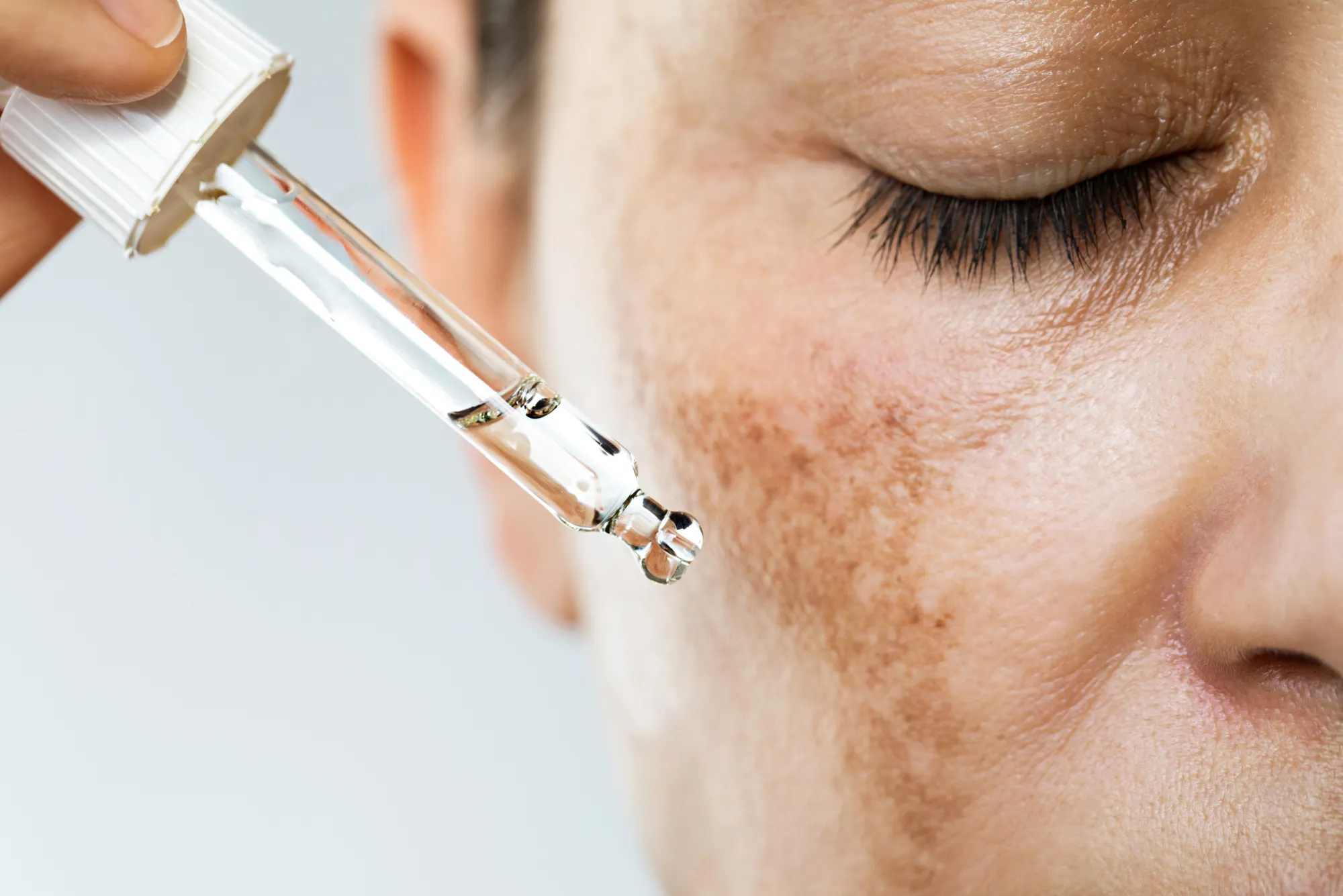Dermatologists help treat visible skin problems, but also detect silent conditions hiding beneath the surface.
Skin changes are often the first signs of internal imbalances
Our skin reflects more than we realize. When texture changes, rashes appear or persistent itching develops, it’s often the body speaking up. A sudden breakout, unusual dryness or discoloration might point to hormonal shifts, allergic reactions or even liver issues. It’s easy to treat skin symptoms with creams or cleansers. But if they return quickly or worsen, it’s time for a dermatologist’s insight. These professionals don’t just look—they investigate. A mole isn’t just a pigment. A rash isn’t just a reaction. Timing matters.
Hair loss and scalp changes can reveal deeper medical issues
Losing strands daily is normal, but when handfuls fall out or bald patches appear, something’s off. Scalp health connects to hormones, nutrition, stress and autoimmune conditions. A dermatologist checks patterns, evaluates hair roots and orders blood tests if needed. Women may show signs of PCOS or iron deficiency. Men may face androgenetic alopecia early. Instead of panicking or guessing, dermatology offers clarity. The earlier the cause is found, the better the chance of recovery. Hair tells stories—dermatologists know how to read them.
Acne in adults isn’t just a teenage problem
Breakouts after age 25 usually indicate something hormonal or lifestyle-related. Stress, diet, medication or even underlying endocrine conditions can trigger acne flare-ups. Over-the-counter products rarely solve the root problem. Dermatologists examine the type of acne, its location, and possible internal links. Treatment might include hormonal evaluation, prescription medication or topical therapy tailored to skin type. Adult acne responds differently than teen acne. Understanding that difference saves both time and skin.
Chronic rashes need proper diagnosis, not repeated guesses
If you’ve had red, itchy patches that flare and fade, it’s time to investigate. Conditions like eczema, psoriasis or contact dermatitis mimic each other but need different treatments. A dermatologist uses skin exams, patch tests or biopsies to pinpoint the cause. Applying random creams or avoiding certain foods might help short-term. But only a targeted plan brings lasting relief. Skin that doesn’t calm down isn’t stubborn—it’s misunderstood.
Unhealing wounds or ulcers are red flags not to ignore
Wounds that linger beyond two weeks or scab repeatedly without closing suggest deeper issues. Poor circulation, diabetes or infections may be interfering. A dermatologist checks skin thickness, vascular health and bacterial presence. Some ulcers need wound care therapy, others need surgical cleaning or systemic medication. Especially for people with chronic illnesses, skin wounds become early warnings. Ignoring them turns manageable care into emergency treatment. Healing is possible—when it’s approached early.
Nail changes often reveal systemic problems before blood tests do
Dark lines, brittle texture or rapid thickening of nails aren’t just cosmetic flaws. They may point to fungal infections, thyroid disorders, or melanoma. Yes—melanoma sometimes begins under the nail. Dermatologists evaluate nail shape, color and growth to detect these changes. They also check for vitamin deficiencies, autoimmune markers or infections. Nail health is a diagnostic tool, not just a grooming concern. If something looks new or odd, don’t wait until it spreads.
Itching without visible cause needs medical attention
Chronic itching that wakes you up or covers wide areas might seem harmless. But it can indicate allergies, kidney dysfunction, or hematologic disease. Dermatologists assess this through history, skin inspection and lab work. They identify whether the cause is dermatologic or systemic. Itching isn’t always about dryness. Sometimes, it’s a silent alarm that something bigger is shifting internally. When lotions don’t help, medical eyes matter.
Moles and skin spots should be checked regularly by professionals
New moles, changing spots or bleeding lesions always deserve attention. Dermatologists use dermatoscopes to examine pigment structure and symmetry. Suspicious moles might be removed and biopsied. Melanoma, basal cell carcinoma or squamous cell carcinoma are all treatable when caught early. A routine mole check can be lifesaving. Sun exposure, family history and skin type increase risk. Monitoring once a year, or more if needed, creates safety through awareness. Prevention here isn’t paranoia—it’s wisdom.
Cosmetic concerns often require dermatology input to avoid damage
Dark spots, scarring, texture roughness or wrinkles may seem purely cosmetic. But using unverified serums or DIY peels often worsens the issue. Dermatologists offer evidence-based treatments—from chemical peels to microneedling—based on skin type and history. This precision avoids burns, hyperpigmentation or allergic reactions. Aesthetic goals are valid. But when handled medically, they become safe and sustainable. Beauty doesn’t need to hurt—it needs guidance.
Liv Hospital Dubai provides access to the best dermatologist in Dubai
When it comes to balancing skin health and aesthetic goals, Liv Hospital Dubai stands out. As a top hospital Dubai residents trust, it offers comprehensive dermatology care under expert supervision. Whether treating chronic eczema, advanced acne or monitoring skin lesions, their dermatology team is recognized as the best dermatologist in Dubai. Patients also benefit from in-house imaging, lab support and multidisciplinary collaboration. Among the best hospital in Dubai options, Liv delivers accurate diagnoses and long-term care plans that feel tailored, not templated.
Seasonal skin issues need regional understanding
In dry winter or humid summer, skin behaves differently. In some Turkish cities like Ankara, indoor heating causes extreme dryness. In coastal areas like İzmir, humidity triggers fungal infections or oily outbreaks. Dermatologists factor in climate, lifestyle and regional allergens when designing care. They know how your environment interacts with your skin. That’s why seasonal consultations, even just once a year, reset care routines properly. Skincare isn’t universal—it’s local.
Pigmentation disorders affect confidence and require targeted care
Melasma, vitiligo or post-inflammatory pigmentation often cause emotional distress. These aren’t easy to treat without professional guidance. Dermatologists evaluate depth, location and duration of the pigmentation before selecting treatment. They may use lasers, topical agents or systemic support. Avoiding sun isn’t enough. Without the right diagnosis, even expensive treatments fail. That’s why professional input early makes a major difference in results.
Oral skin conditions can go unnoticed without dermatologic support
Canker sores, white patches or gum swelling may reflect dermatologic diseases like lichen planus or pemphigus. Dentists may notice them, but dermatologists provide the deeper diagnosis and treatment. These oral signs often connect to skin or autoimmune processes. Pain, bleeding or recurrence shouldn’t be ignored. If it affects speech, eating or sleep—it’s more than a sore. Let a dermatologist read the signs hiding behind your smile.
If skin problems affect quality of life, it’s time to seek help
You don’t need to wait until something becomes unbearable. If skin changes affect sleep, work, confidence or comfort, they’re worth evaluating. Dermatology isn’t just about diagnosis—it’s about life quality. Whether you’re managing itch, scars, chronic rashes or pigmentation, early treatment always works better than crisis response. Your skin deserves the same care as any other part of you. And the earlier it gets it, the better you feel inside and out.




